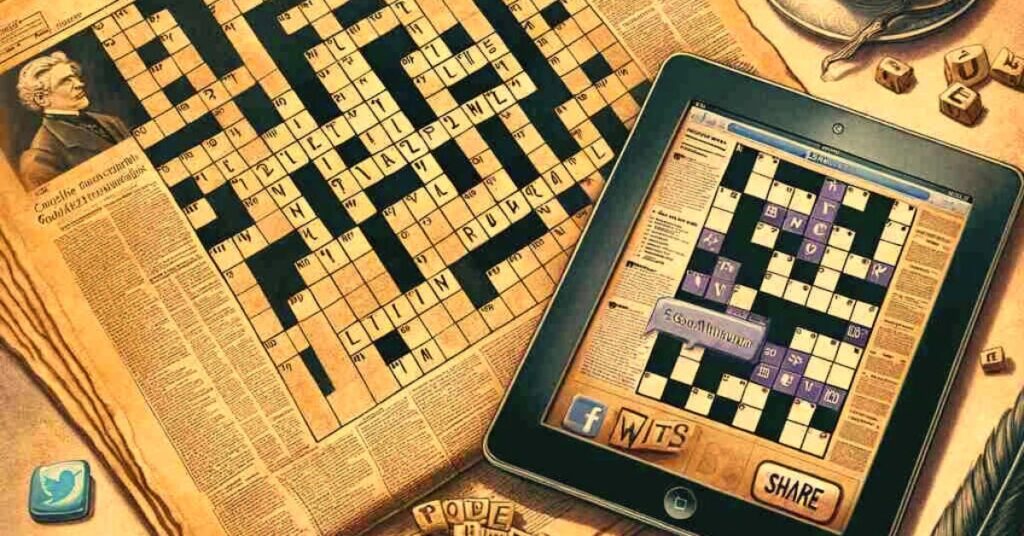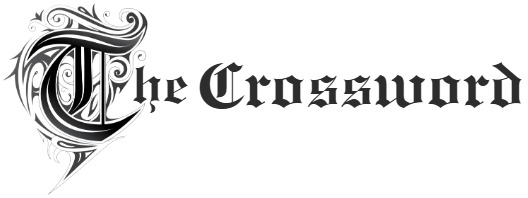The New York Times (NYT) Crossword is one of the most iconic word puzzles in history, lauded for its wit, cultural references, and ability to entertain and educate simultaneously. It has attracted a devoted following over the decades, becoming a staple for crossword enthusiasts. However, not all NYT crosswords are designed to be equally challenging. Among them, the comparatively low NYT crossword stands out as a lighter challenge, offering an engaging entry point for beginners and a refreshing change of pace for seasoned solvers.
This article delves into the characteristics, appeal, and unique features of the comparatively low NYT crossword, exploring why it has become a favorite among different audiences.
Origins of the NYT Crossword
The NYT crossword debuted in 1942, during a period when Americans were seeking distractions from the strains of World War II. Edited initially by Margaret Farrar, the crossword became an instant hit. Over the decades, it evolved under different editors, each leaving their distinct mark. The puzzle ranges from relatively easy on Mondays to more difficult challenges as the week progresses, culminating in the notoriously tricky Saturday puzzle.
However, even within this hierarchy of difficulty, the concept of the comparatively low NYT crossword emerged to cater to those seeking a less taxing but equally enjoyable experience.
What Defines a Comparatively Low NYT Crossword?

The comparatively low NYT crossword typically refers to puzzles that are designed to be less complex in terms of vocabulary, themes, and structure. Here are some defining traits:
- Simpler Clues
The clues in these puzzles are often straightforward, with fewer wordplay elements. For instance, instead of cryptic or misleading phrasing, the clues might lean toward literal definitions. - Accessible Themes
Thematically, the comparatively low NYT crossword tends to feature universal concepts or widely recognized references, making it more inclusive for solvers of varying backgrounds. - Reduced Word Length
Shorter words dominate these puzzles, allowing solvers to fill in the grid quickly and build momentum. - Logical Grid Design
These crosswords often feature symmetrical grids with fewer unusual letter combinations, making them visually less intimidating.
The Appeal of the Comparatively Low NYT Crossword
Accessibility for Beginners
One of the most significant benefits of the comparatively low NYT crossword is its accessibility. For newcomers to the world of crosswords, the regular NYT puzzles, especially those later in the week, can feel daunting. The comparatively low NYT crossword serves as a welcoming introduction, allowing beginners to build confidence and sharpen their solving skills.
A Relaxing Experience for Veterans
Experienced solvers who enjoy the challenge of trickier puzzles also appreciate the comparatively low NYT crossword as a stress-free alternative. Sometimes, even the most seasoned crossword fans seek a more casual solving experience, free from the pressure of complex themes and obscure clues.
Time-Efficient Fun
The comparatively low NYT crossword is perfect for those with limited time. Its relatively straightforward design means it can often be completed in a shorter amount of time, making it ideal for commutes, coffee breaks, or moments of downtime.
Comparatively Low NYT Crossword vs. Regular NYT Crossword
It’s essential to distinguish the comparatively low NYT crossword from its more challenging counterparts. While both are crafted with the same level of care and precision, their goals differ:
- Purpose: The comparatively low NYT crossword aims to entertain and provide a sense of accomplishment quickly, while the regular puzzles often push solvers to think outside the box.
- Audience: Beginners and casual solvers gravitate toward the comparatively low NYT crossword, whereas veteran enthusiasts may prefer the challenge of tougher puzzles.
- Time Commitment: A comparatively low NYT crossword can often be solved in under 15 minutes, whereas a regular crossword might demand significantly more time and effort.
Strategies for Solving a Comparatively Low NYT Crossword
While the comparatively low NYT crossword is less demanding, employing certain strategies can enhance the solving experience:
- Start with the Easy Clues
Begin by solving the clues you find immediately familiar. This approach helps fill in parts of the grid, making it easier to deduce the remaining answers. - Leverage Crosses
Cross-referencing answers is one of the joys of solving any crossword. If you’re unsure about a word, focus on the intersecting clues for additional hints. - Think Literally
Unlike more complex puzzles, the clues in a comparatively low NYT crossword are often direct. Avoid overthinking and trust your instincts. - Stay Consistent
Regularly solving the comparatively low NYT crossword helps improve vocabulary and pattern recognition, making the experience even more enjoyable over time.
Why the Comparatively Low NYT Crossword Matters

The comparatively low NYT crossword plays a crucial role in ensuring the continued appeal of crosswords across generations. Here’s why:
Encouraging New Solvers
By lowering the barrier to entry, these puzzles invite a broader audience to engage with crosswords. This inclusivity is essential for keeping the tradition alive and relevant in an increasingly digital world.
Cultivating a Love for Word Games
For many, the comparatively low NYT crossword serves as a gateway to a lifelong passion for puzzles. The satisfaction of completing a grid fosters a sense of achievement and curiosity, encouraging solvers to tackle more challenging puzzles.
Providing a Shared Experience
The comparatively low NYT crossword is accessible to solvers of all skill levels, making it an excellent tool for bonding. Families, friends, and even coworkers can collaborate on these puzzles, creating a shared experience that transcends individual abilities.
The Role of Technology
The rise of apps and online platforms has made the NYT crossword, including its comparatively low versions, more accessible than ever. Digital features like hints, auto-checks, and timed challenges cater to modern solvers while maintaining the puzzle’s traditional charm.
These technological advancements have also popularized the comparatively low NYT crossword among younger audiences, who might otherwise overlook traditional print media.
Criticism and Challenges
Despite its appeal, the comparatively low NYT crossword is not without critics. Some purists argue that it dilutes the intellectual rigor associated with NYT puzzles. Others worry that the increasing focus on accessibility might lead to oversimplification.
However, proponents counter that the comparatively low NYT crossword fulfills a distinct purpose: providing a balanced offering for solvers of all levels. Far from undermining the NYT brand, it broadens its reach and ensures its continued relevance.
Conclusion
The comparatively low NYT crossword is a testament to the adaptability and enduring charm of crosswords. By offering a lighter, more accessible alternative, it caters to a diverse audience, from beginners to seasoned enthusiasts seeking a casual challenge.
This version of the puzzle not only encourages new solvers to join the fold but also enriches the crossword community by fostering inclusivity and shared enjoyment. Whether you’re looking for a quick mental exercise or a fun diversion, the comparatively low NYT crossword is a delightful choice, proving that sometimes, less really is more.
Read more: Least Favorable NYT Crossword A Deep Dive into the Puzzle Phenomenon



